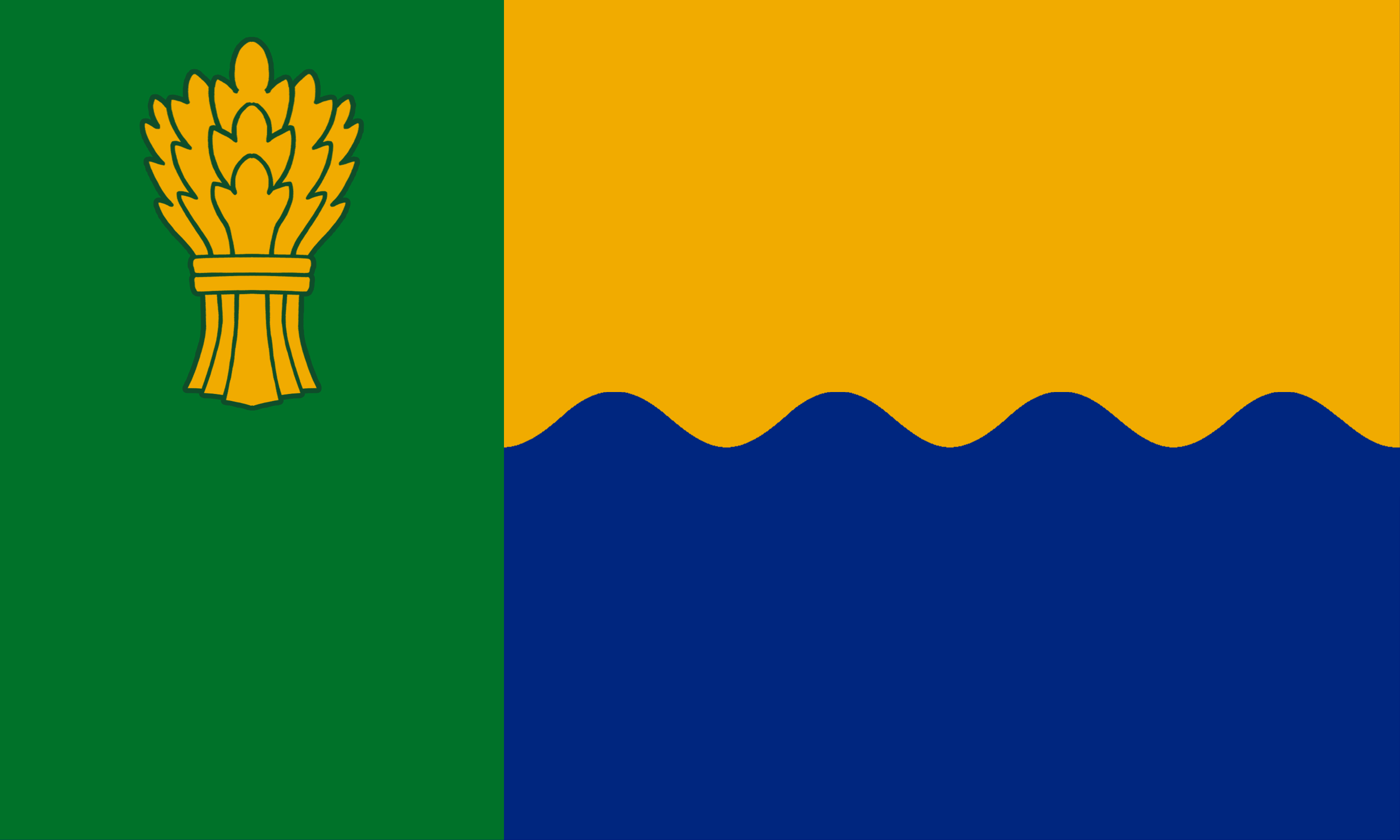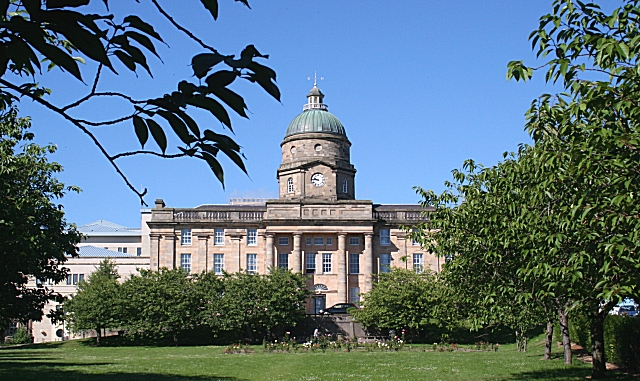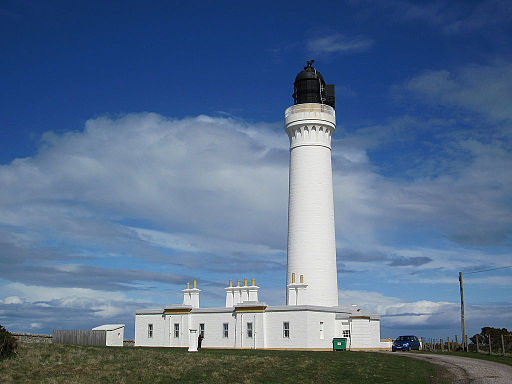Search the Gazetteer
Are the results not as expected? Modify your search term or change the scope to refine your search.
Results for a place that exactly matches ...
Morayshire
Morayshire, Scotland
 Morayshire is a maritime county on the south coast of the Moray Firth. Along the sea-coast, the shores are mostly low and sandy. It is a fishing and farming coast, the Firth rich with haddock and cod. The main town, Elgin, lies a little inland on the Lossie. The 13th-century Elgin Cathedral stands as a ruin. Downstream, Lossiemouth is a fishing village best known for its RAF base. Above the impressive Findhorn Bay is a magnet for Shakespeareans - Forres was where the Bard placed Duncan's royal palace. Away from the coast, the county consists of fertile valleys, divided by low hills, producing crops and livestock. Further inland still, the fields gradually rise to the mountains. The Spey, Lossie and Findhorn run through the hills in the south of the county. Speyside is renowned fishing country. In the far south is Grantown-on-Spey, founded in 1765 as a planned settlement.
Morayshire is a maritime county on the south coast of the Moray Firth. Along the sea-coast, the shores are mostly low and sandy. It is a fishing and farming coast, the Firth rich with haddock and cod. The main town, Elgin, lies a little inland on the Lossie. The 13th-century Elgin Cathedral stands as a ruin. Downstream, Lossiemouth is a fishing village best known for its RAF base. Above the impressive Findhorn Bay is a magnet for Shakespeareans - Forres was where the Bard placed Duncan's royal palace. Away from the coast, the county consists of fertile valleys, divided by low hills, producing crops and livestock. Further inland still, the fields gradually rise to the mountains. The Spey, Lossie and Findhorn run through the hills in the south of the county. Speyside is renowned fishing country. In the far south is Grantown-on-Spey, founded in 1765 as a planned settlement.Portrait of Morayshire
Place Type: Historic County
Lat, Long: 57.548063,-3.489804
Grid Reference: NJ109518
Country: Scotland
GBPNID: 305801
Entry Type: Main listing (P)
URL: https://gazetteer.org.uk/place/Morayshire
 Explore Morayshire on Wikishire
Explore Morayshire on Wikishire
Dr Gray's Hospital, Elgin
The main town, Elgin, lies inland a way. The historic town centre is on the south bank of the Lossie. Elgin Cathedral was established in 1224, though now stands as a ruin. Dr Gray's Hospital was built in 1819. The building, still a working hospital, is imposing with its columns and dome and standing at the head of fine gardens. Downstream from Elgin, Lossiemouth is a fishing village best known for its RAF base. Pluscarden Abbey is a Benedictine monastery in the glen of the Black Burn, six miles south-west of Elgin. It was founded in 1230 by Alexander II for the Valliscaulian Order.

Covesea Lighthouse (1844) at Lossiemouth
The main road from Aberdeen to Inverness runs through this coastward strip and here are the main villages. On 11th January each year in the coastal town of Burghhead takes place the fire festival known as the Burning of the Clavie. Above the impressive Findhorn Bay is a magnet for Shakespeareans: the town of Forres where the Bard placed Duncan's royal palace. In the town stands Sueno's Stone, an enormous carved stone, probably created by Picts to commemorate a battle against Norse invaders. The 16th-century Brodie Castle lies near the town, as does Kinloss Abbey, a ruined Cistercian abbey founded in 1150 by King David I.

Kinloss Abbey
The southern portion of Morayshire is a contrast. It lies in the hills. A large portion at least on the lower slopes is covered by forest. The Spey, Lossie and Findhorn run from these hills, the Spey and the Findhorn with salmon, and the lochs with trout. Speyside in particular is renowned fishing country. Forestry is the industry of the hills, though a good income is made too from fishing and deer-stalking.
In its far south, Morayshire follows the Spey to Grantown on Spey, above which the serious mountains begin, in Inverness-shire. The town was founded in 1765 as a planned settlement and originally called simply Grantown after Sir James Grant.

Grantown-on-Spey with the Cairngorms behind it.
Moray was one of the seven traditional provinces of ancient Scotland, following the unification of the lands of the Picts and the Scots in the 9th century. The ancient province of Moray ceased to exist in the 12th century, though Elgin became the site of the episcopal see of Moray in 1224. Robert I elevated the county of Moray to an earldom in 1312.


 Menu
Menu